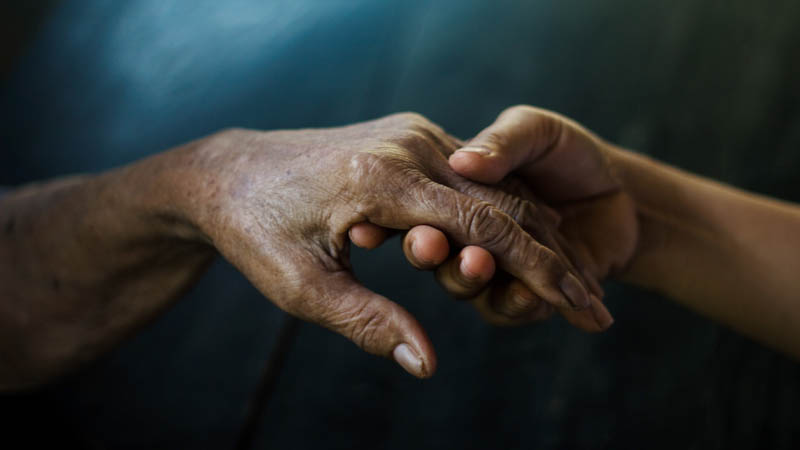Aggression among girls who externalize problems through criminal acts and demoralized behaviours
Agnieszka Kruczek
 Affiliacja i adres do korespondencji
Affiliacja i adres do korespondencjiThe studies indicate that juvenile criminals experience far more negative emotions (sadness, fear and anger) than their peers who did not commit any offences (Iniewicz et al., 2011). It is believed that the attempt to isolate and define the emotions that accompany juvenile female offenders allows to get to know etiopathogenesis of committing criminal acts at the affective level. The study was aimed at explanation of the correlations between committing criminal acts and demoralized behaviour and aggression. Besides, it was assumed that the patients’ characteristics differed in the level and subtypes of aggression. Participants of this study were 120 girls: 59 juvenile female offenders placed in a correctional facility, shelter for juveniles and reformatory and 61 girls selected appropriately according to age and education. The respondents were examined by the Buss–Durkee inventory which assesses general hostility and its subscales, such as: physical aggressiveness, verbal aggressiveness, indirect aggressiveness, negativism, suspiciousness, resentment, irritability, and sense of guilt. The data analyses show that juvenile female offenders differ statistically significantly from girls in the control group within general hostility and its two subtypes: negativism and irritability. These studies indicate that juvenile female offenders with a higher irritability come from small towns and villages.




















